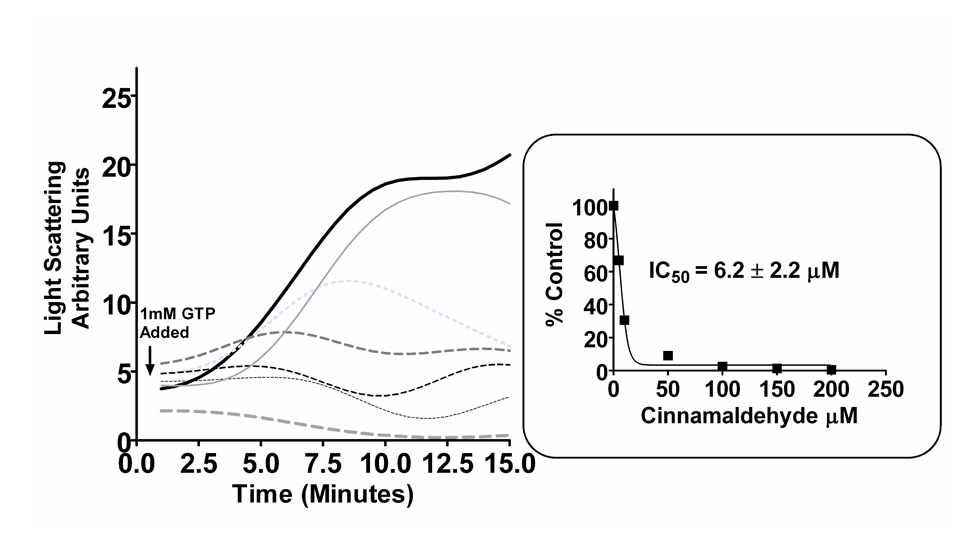MACROMOLECULAR STRUCTURE
& FUNCTION LAB
RESEARCH
1
Cancer Signalling
Cancer is a top-killer disease in Singapore and responsible for over 15% of deaths worldwide. Many of these cancers are associated with mutations in proteins that reside on the cell surface and are

responsible for sensing changes within the local cell environment. These cell-surface proteins, referred to as receptor tyrosine kinases (RTKs), are correlated with the development and progression of various cancers, as are several of the key signal transduction components that mediate the signal into the nucleus. In certain cancers, these mutations have been well investigated and are therefore considered as attractive therapeutic targets for cancer intervention strategies. In our work, we have targeted several key RTK and non-RTK signalling pathways/cascades.
2
Host-pathogen interactions
Infectious diseases are responsible for over one-third of deaths world-wide. Our long-term goal in this branch of research is to gain a better understanding of the biological phenomenon of pathogen infection and to develop strategies to prevent host-pathogen interactions. To this end, we focus on acquiring an understanding of the molecular mechanisms of bacterial and viral pathogenesis in the context of the disease processes. Most gram negative bacteria possess secretion system for delivering virulence/effector proteins into host cells. Effector proteins are injected into the host cells, and they initiate infection by altering host cell function for the benefit and survival of the bacteria. Inactivation or destabilization of these secretion systems will prevent infection. Our first approach to combating bacterial infectious diseases is by targeting these secretion systems. Seven secretion systems have been described in the literature: some are simple, with only 2-3 subunits; whereas others are more complicated, with over 20 subunits. Our work with types 3, 4 and 6 secretion systems (T3SS, T4SS and T6SS) has elucidated several mechanisms involved in their function.

Infectious hepatitis
viral diseases are major health problems in both developing and developed countries. Parenteral and faeco-oral routes are two modes of transmission of hepatitis. Hepatitis E virus (HEV) is an important cause of severe hepatitis in humans. HEV infection causes severe liver inflammation characterized by jaundice, fever, liver enlargement and abdominal pain. The mortality rate in the general population is ~4% and ~25% in pregnant women. As a second approach to combating infection, we developed a neutralization antibody strategy, working with Hepatitis E Virus (HEV) as a target in collaboration with Prof Xia, Xiamen University China. The findings of this study led to the successful production of a vaccine against HEV.
Antibiotic resistance
is an increasingly common issue for various bacterial treatment strategies. Besides our work on infection, we seek to understand how ribosomal modifying enzymes confer antibiotic resistance in cells, particularly focusing on those enzymes that regulate precise ribosomal function in microbes. Ribosomal function is considerably important, as this is where proteins are assembled from amino acid residues.
3
Methodology development
The knowledge gained from our various experiments has culminated in several spin-off methodology development projects. We have developed a universal method using isothermal titration calorimetry (ITC) for identifying target proteins amongst a pool of biomolecules. We have also recently developed a linker strategy to conveniently expose transient interactions between proteins that would otherwise be too difficult or quick to identify, so called “hit-and-run”-type interactions. These tools are proving to be instrumental in furthering our research goals.















